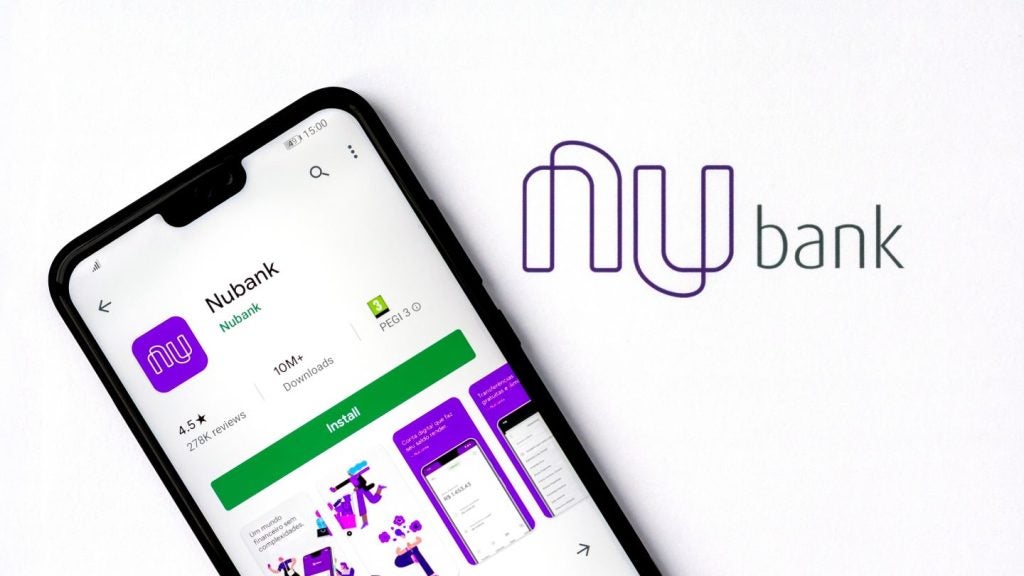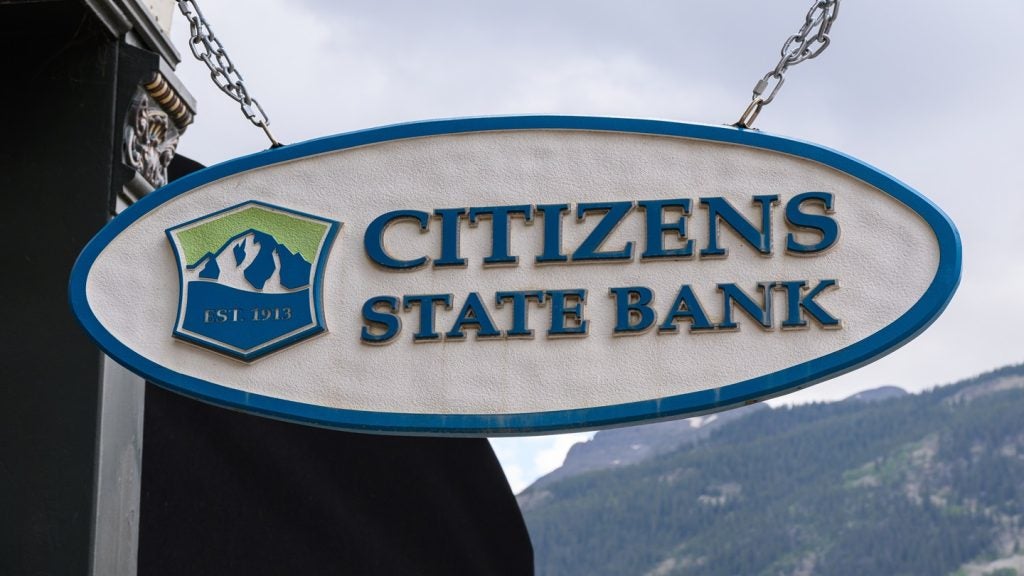ING Vysya Bank said it is expanding its network of branches over the next year to accelerate growth and generate more return on assets.
Managing director and CEO, Shailendra Bhandari, said the bank aims to add 40-50 branches each year from April, despite having declared he wanted to slow down branch expansion back in April 2012.
"We have 550 branches while larger banks like Axis Bank have three times as many and six times our balance sheet. Over the last few years we increased our ability to push business through existing branches. Now we feel there is a need to invest in branches for current and savings accounts and priority sector lending. We believe that we can bring cost to income down and at the same time increase assets because revenues will increase," Bhandari said at the Edelweiss India Conference 2014 on 10 February.
The bank said it aims to grow 4-5% faster than the market over the next year.
32% of ING Vysya’s deposits are in current and savings accounts. Though the bank has decided not to pay higher interest on savings accounts unlike some of its competitors, the decision is not "cast in stone", Bhandari said.
"We are in an elevated interest rate scenario since the deregulation in savings account rates. Our average cost of current and savings accounts is 2% and we may do something on a tactical basis," Bhandari said.

US Tariffs are shifting - will you react or anticipate?
Don’t let policy changes catch you off guard. Stay proactive with real-time data and expert analysis.
By GlobalDataThe bank’s retail loan book has grown by 20% so far this fiscal year, led by mortgages and loans against property. Bhandari said the bank’s retail and SME operations remain "solid" despite the economic downturn.
Bhandari said he expects asset quality pressures to ease after the next couple of quarters. "When the economy turns, the credit cycle lags it by two quarters. My sense is that there are two or three more quarters of pain, after which it would have flowed through the system," he said.







